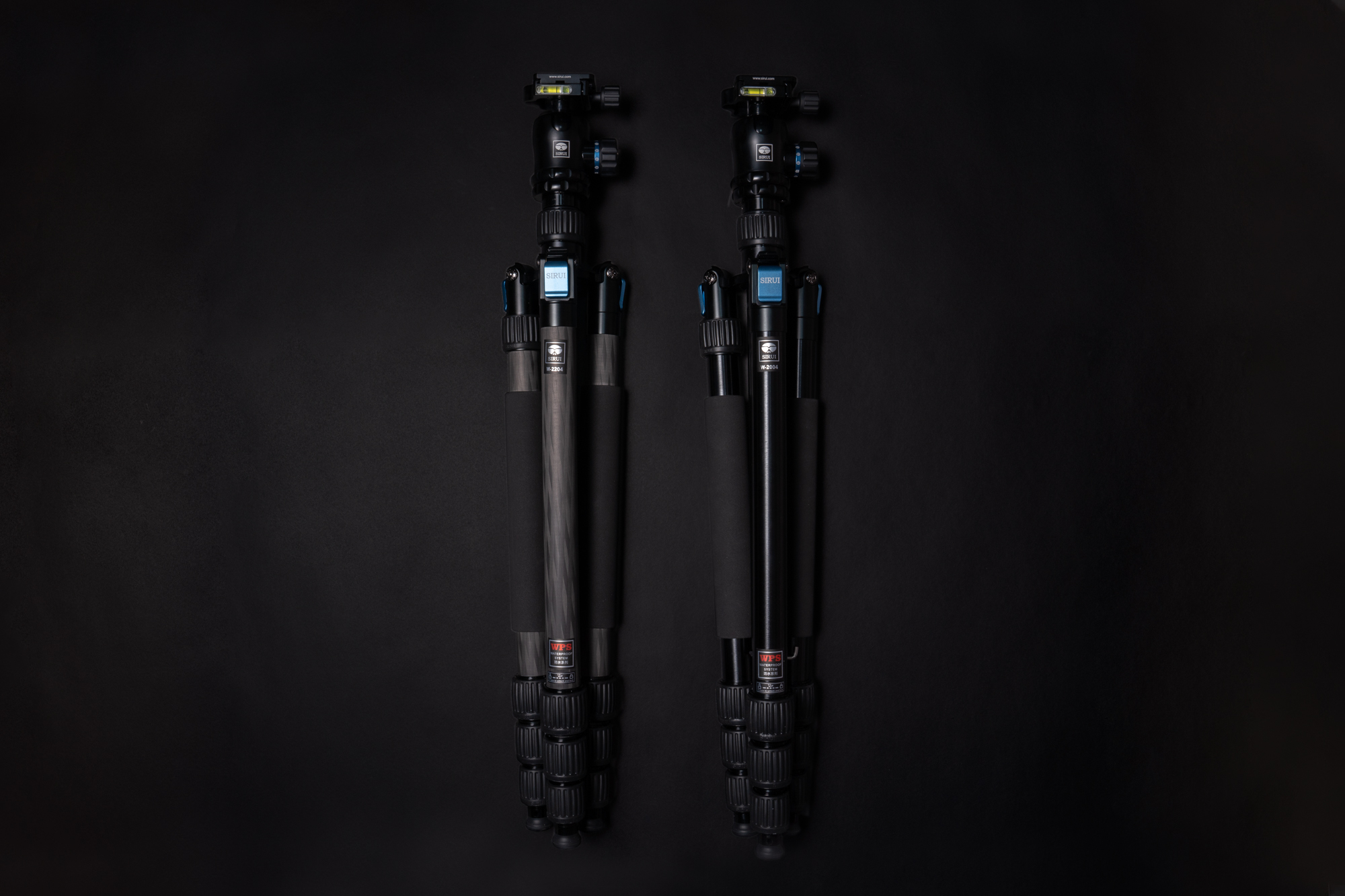Nearly every style and type of photographer can benefit from the use of a high quality tripod to assist in stabilising their camera and lens combinations for improved image quality. Having a stable platform for your camera can assist with improved sharpness and depth of field in all type of lighting situations. Shooting at lower ISO settings, capturing long exposures, night photography, shooting bracketed or panoramic images for blending or stitching, focus stacking and even taking self portraits are all reasons and situations where a tripod will be of great benefit.
Tripods generally come in one of two manufacturing materials - carbon fibre or aluminium - with each of them having their own advantages and disadvantages dependant on your own usage and budget requirements. Sirui manufacture tripods in both aluminium and carbon fibre, with only the highest quality of materials being used across our entire product range. All of our tripods come with a 6 year manufacturer warranty protecting your purchase from any defects in the manufacturing process.
Let’s take a look at the differences, advantages and disadvantages in both carbon fibre and aluminium tripods to help you work out which is best for your personal photography needs.
Should I buy a carbon fibre tripod?
Carbon fibre tripods tend to be much lighter in weight than comparable sizes and models of aluminium tripods, which makes them great for those who travel, hike and walk long distances, and for those who tend to carry their camera gear around for longer periods of time. Carbon fibre also has a much higher stiffness rating than aluminium - so when comparing tripods of similar tubing sizes, carbon fibre has far better vibration absorption from environmental factors such as wind and flowing water, and is less likely to bend or flex.
Under normal usage conditions similar sized carbon fibre tripods will be more durable than aluminium tripods. Carbon fibre does not corrode, but cracks in the tubing can occur through heavy impact, droppages or increased pressure being applied to the legs and other tubes. In cold conditions carbon fibre has lower thermal conductivity which makes them easier to handle when the temperature does drop in those cold winter months.
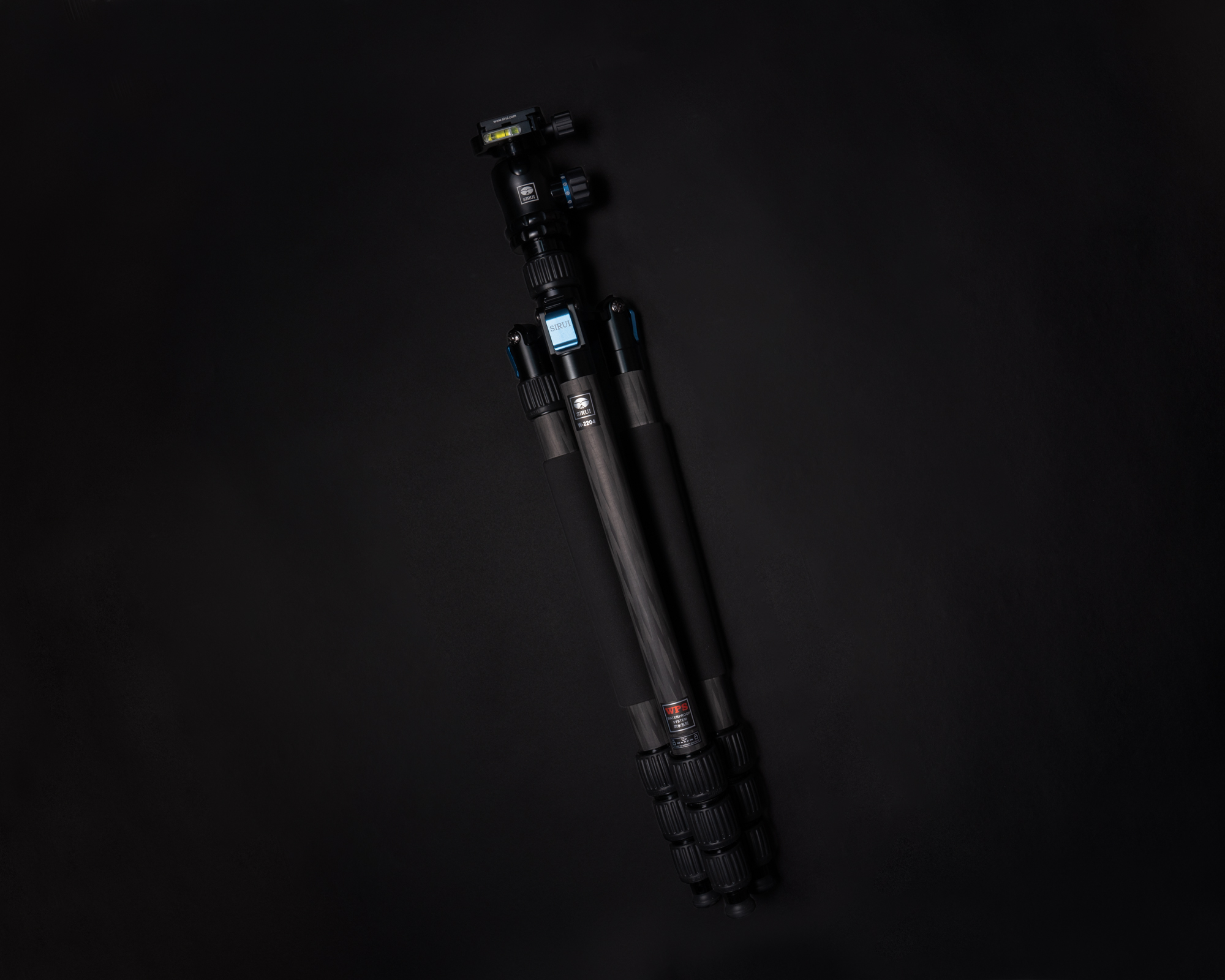
Carbon fibre is more expensive to produce than aluminium, leading to higher prices when purchasing carbon tripods. Over the years as carbon fibre has become more common and cheaper to produce, costs have come down on tripods. But not all carbon fibre is created equal though. The manufacturing process of carbon fibre can vary greatly between manufacturers, with the strength and durability being dependant on the direction of fibres in the tubing, the modulus of the fibres (stiffness rating) and the ratio of polymer or resin / fibres being used. Carbon fibre is typically a combination of polymer or resin reinforced with fibres of carbon. Cost savings can be made during the manufacturing process of carbon fibre by making a lower quality product.
For those who want the ultimate in strength, weight savings and long term durability carbon fibre tripods such as those in our Sirui tripod product range will provide a stable, secure platform for your expensive camera gear for many years to come!
Advantages of carbon fibre tripods
Stiffer and more rigid - Carbon fibre has a much higher stiffness to weight ratio, which means a carbon fibre tripod of comparable tubing sizes to its aluminium counterpart will have better vibration absorption and be better when environmental factors like wind and water flow need to be considered.
Lighter - Carbon fibre is lighter while still being stiffer and stronger than aluminium. This makes it perfect for photographers who need to consider the weight of their gear when traveling, hiking or carry their equipment for longer periods of time.
Lower Thermal Conductivity - Carbon fibre is easier to handle in extreme cold temperatures than aluminium.
Carbon fibre cannot corrode - Corrosion is not an issue with the main tubing of carbon fibre tripods. There may be other metal elements used such as leg clamps to be aware of in some tripods though.
Disadvantages of Carbon Fibre Tripods
More expensive than aluminium - Due to the complex manufacturing process carbon fibre is more expensive to manufacture than aluminium.
Impacts can cause damage - External impacts and pressure can cause carbon fibre tubing to crack
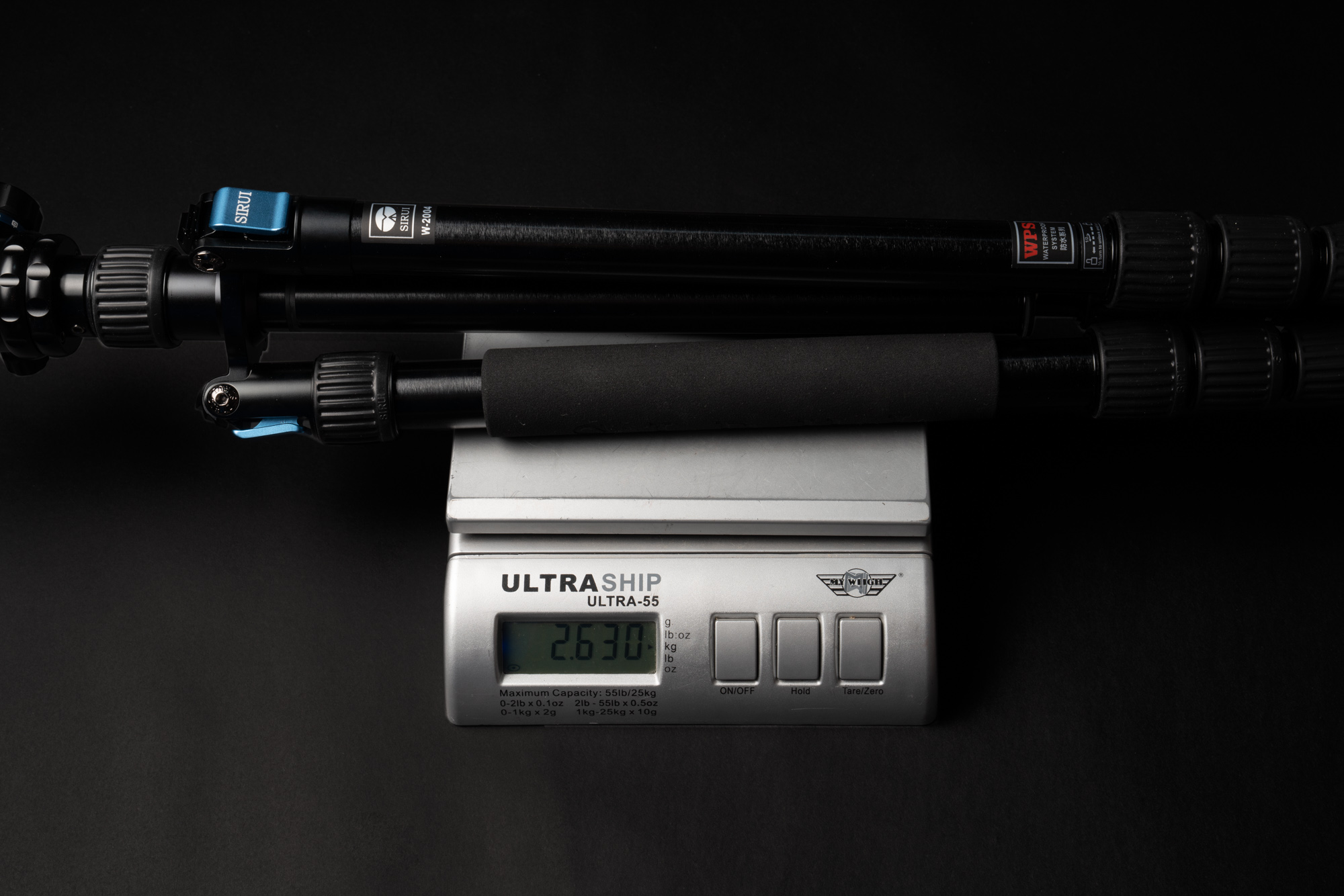
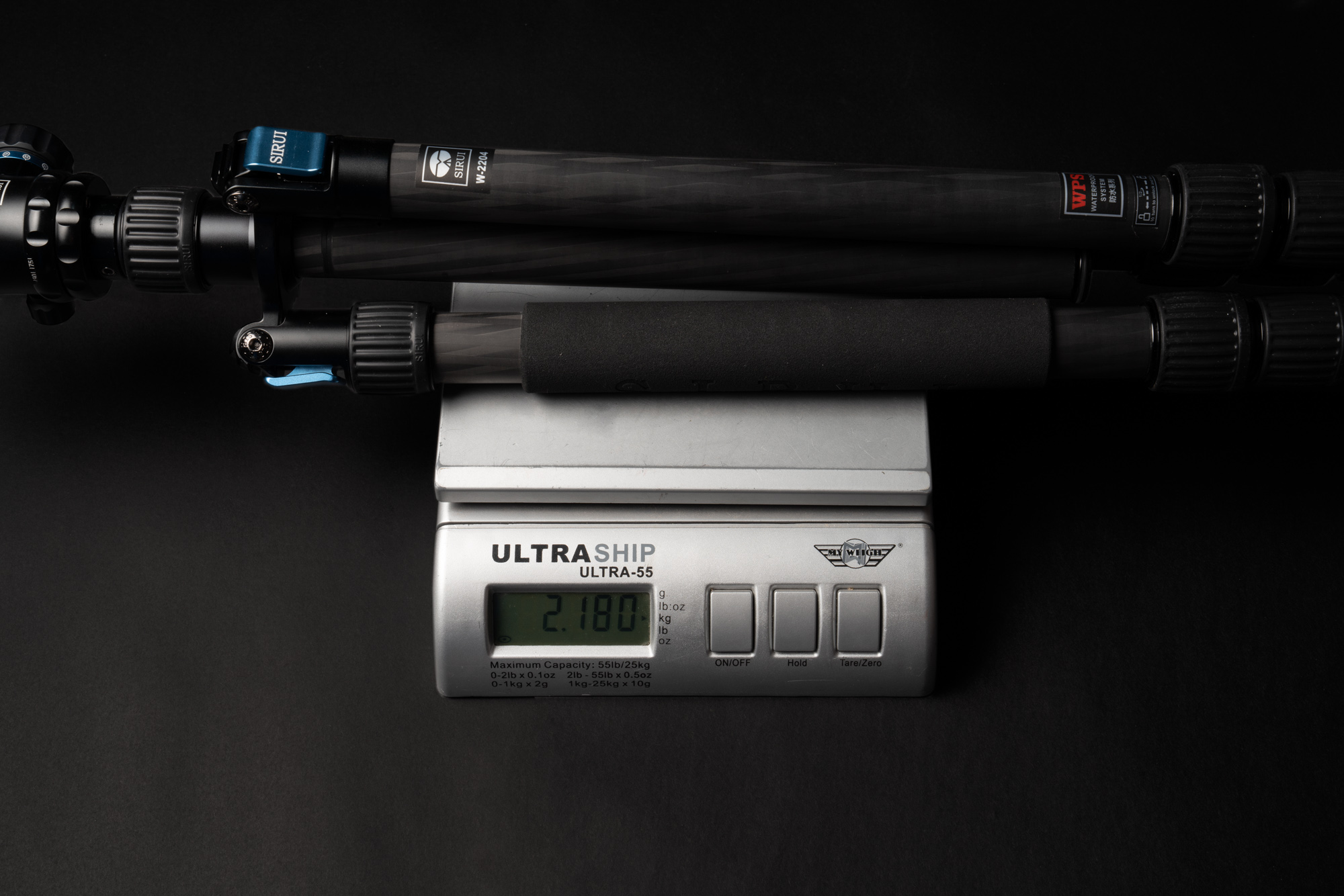
Should I buy an aluminium tripod?
Aluminium tripods have been on the market for longer than carbon fibre tripods and is quite often the manufacturing material used in more economical tripod product ranges. Aluminium is cheaper to manufacture and produce than carbon fibre, and this tends to reflect in the pricing when choosing a tripod. Aluminium is more flexible, softer and less durable than equivalent sized carbon tubing. The aluminium alloys used in tripods are also more prone to corrosion if the outer layers of the tubing get damaged or scratched.
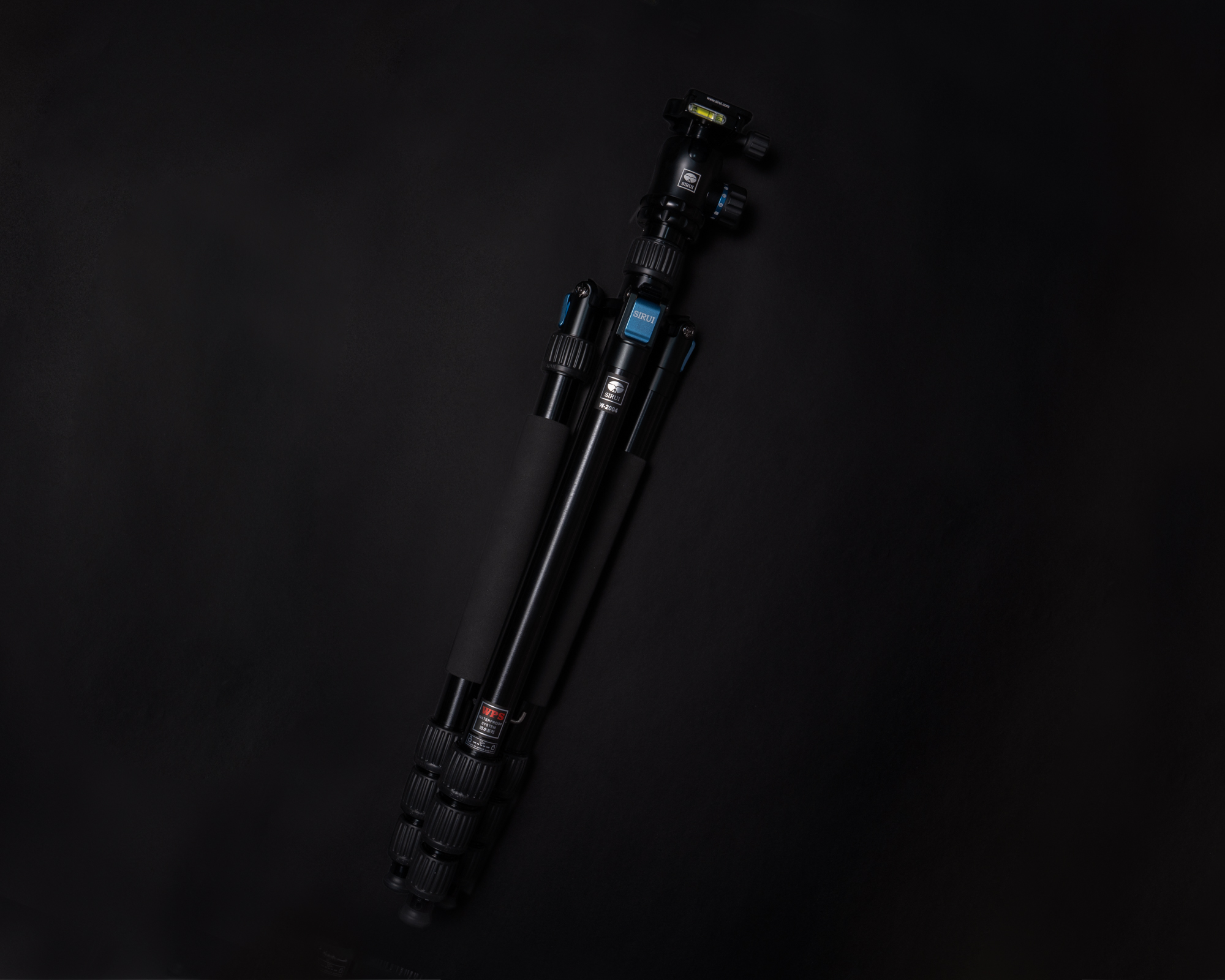
Aluminium tripods tend to be heavier when comparing tripods of similar sizes against carbon fibre models, which may make them a less attractive option when weight is a serious consideration to your photography needs (such as for travel photography or for overnight hiking). For beginner photographers and those just starting out who may be looking for an economical option, those who rarely use a tripod or even in situations like studio photography where the tripod doesn’t need to be carried too far, aluminium tripods could provide the stability your camera needs to capture those shape images!
Advantages of aluminium tripods
Cheaper than carbon fibre - Aluminium is cheaper to produce than carbon fibre, which means a cost saving when purchasing aluminium tripods.
Less likely to crack due to impacts - Aluminium tripods are less likely to crack due to heavy impact, droppages or increased pressure being applied to the legs and other tubes. But aluminium is less malleable than carbon fibre which means the tubing is more likely to bend under stress.
Disadvantages of aluminium tripods
Heavier than carbon fibre - In comparable sized tripods, aluminium is heavier than carbon fibre. This makes them less stable when weight is a serious consideration for your photography needs.
High thermal conductivity - Aluminium tripods can be very cold and uncomfortable to handle in lower temperature conditions. This can also lead to reduced functionality in leg clamps as metal can expand in colder temperatures.
Corrosion can occur - Aluminium tripods are typically made from an aluminium alloy, and any scratches or damage to the outer layers can lead to corrosion and rust to build up.
Less rigid / more flexible - Aluminium is far more flexible and provides less vibration absorption / resistance to carbon fibre. You will notice this especially in entry level and cheaper tripods.
